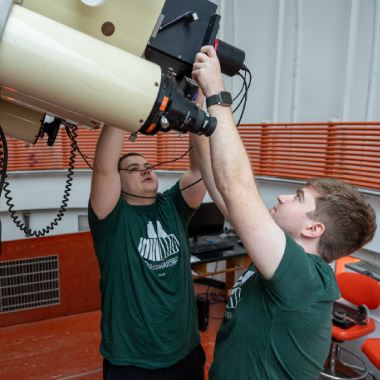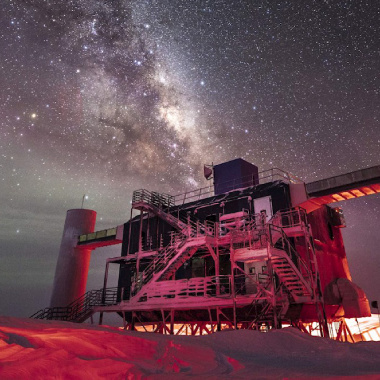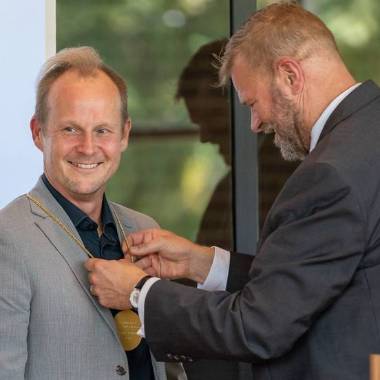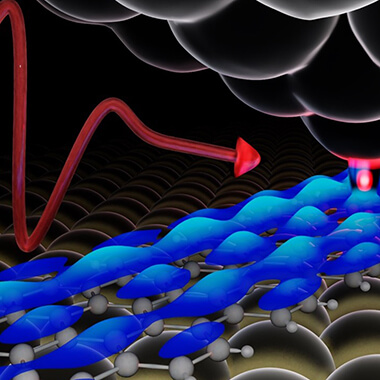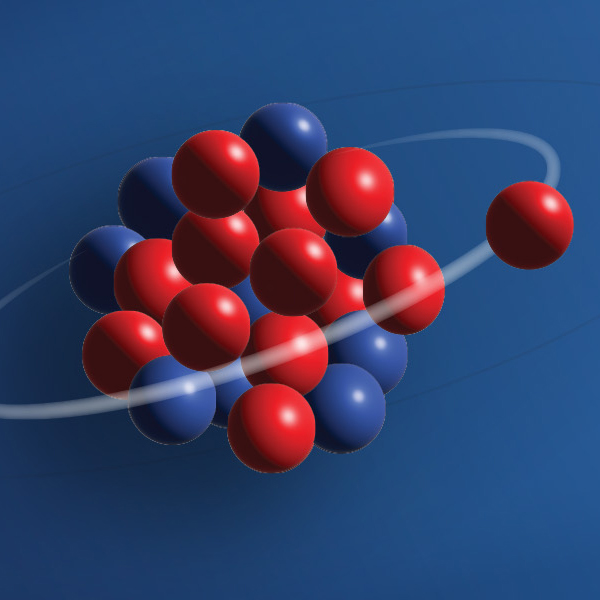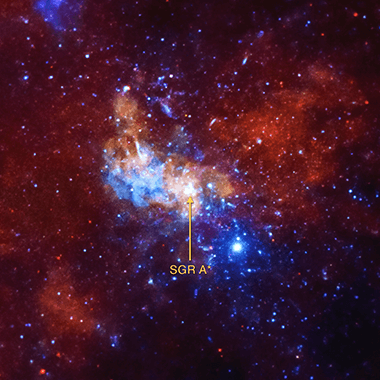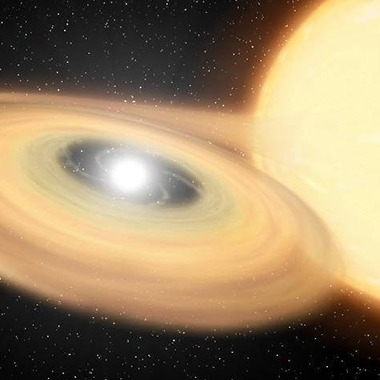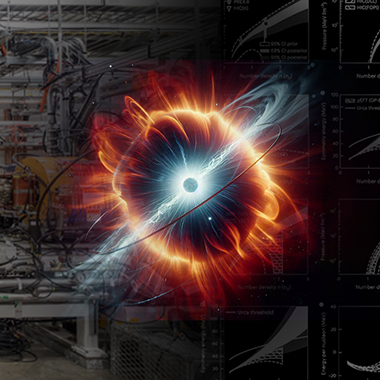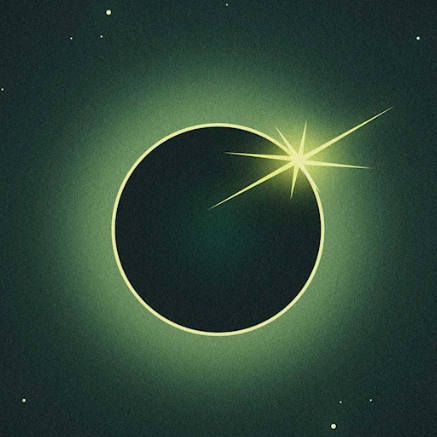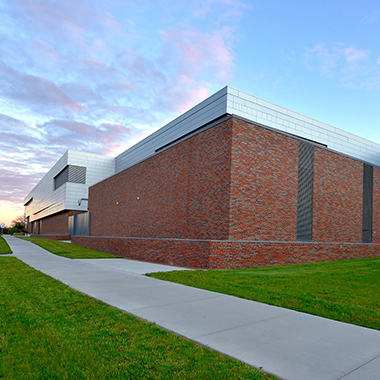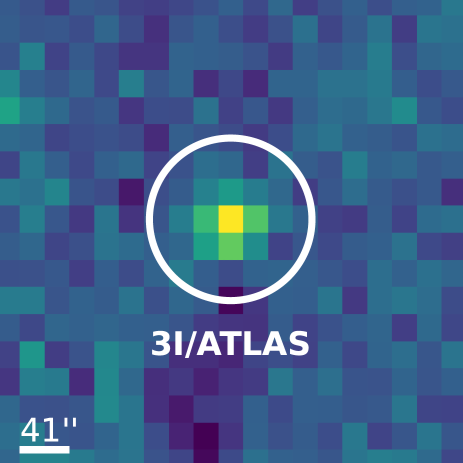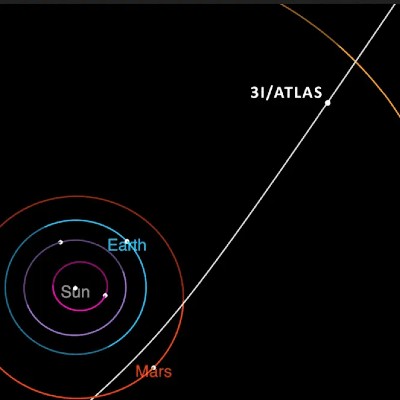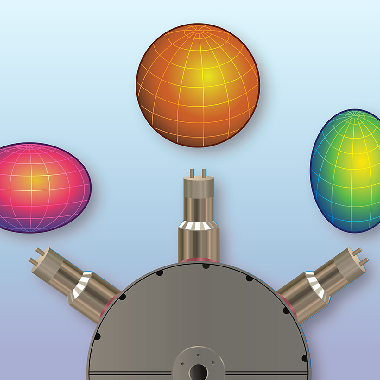News
December 6, 2024
For the last decade, the MSU Observatory Research Program has provided undergraduate and graduate students alike with real-world research experience and helped them to decide if astrophysics is the right career path.
November 20, 2024
Students and faculty are building sensors that will be embedded deep within Antarctic ice to shed new light on the origins of the universe
October 14, 2024
In the early 1930s, scientists discovered that some atomic nuclei were more stable than others. These nuclei had specific numbers of protons or neutrons, or magic numbers.
October 9, 2024
Michigan State University has named Johannes Pollanen as the inaugural Cowen Distinguished Chair in Experimental Physics.
September 26, 2024
Tyler Cocker received a prestigious 2024 Early Career Research Award from the Department of Energy (DOE) for research that uses a technique he pioneered to study atomic motion in materials.
August 30, 2024
Norman Birge, Professor of Physics in the Department of Physics and Astronomy, has been appointed Interim Associate Dean of Associate Dean of Budget, Planning, Research, and Administration in the College of Natural Science at Michigan State University.
July 8, 2024
A new technique reveals single atom misfits and could help design better semiconductors used in modern and future electronics
June 17, 2024
The first results from FRIB’s precision measurement program measure the mass of a rare isotope
June 11, 2024
Spartans have uncovered new information about the galaxy’s central black hole, Sagittarius A*
May 20, 2024
FRIB reserachers are helping solve complex computational problems with a new method called wavefunction matching.
May 1, 2024
Elias Aydi shares the story of a star explosion that will soon light up the night sky
April 23, 2024
FRIB researchers lead effort to merge nuclear physics experiments and astronomical observations
March 14, 2024
An MSU astronomer shares what you need to know for this and other out-of-this-world events on the horizon.
March 6, 2024
The award is DOE's highest form of employee recognition for achievement.
February 15, 2024
Spartans lead an international team in making new nuclei and paving the way to new discoveries
